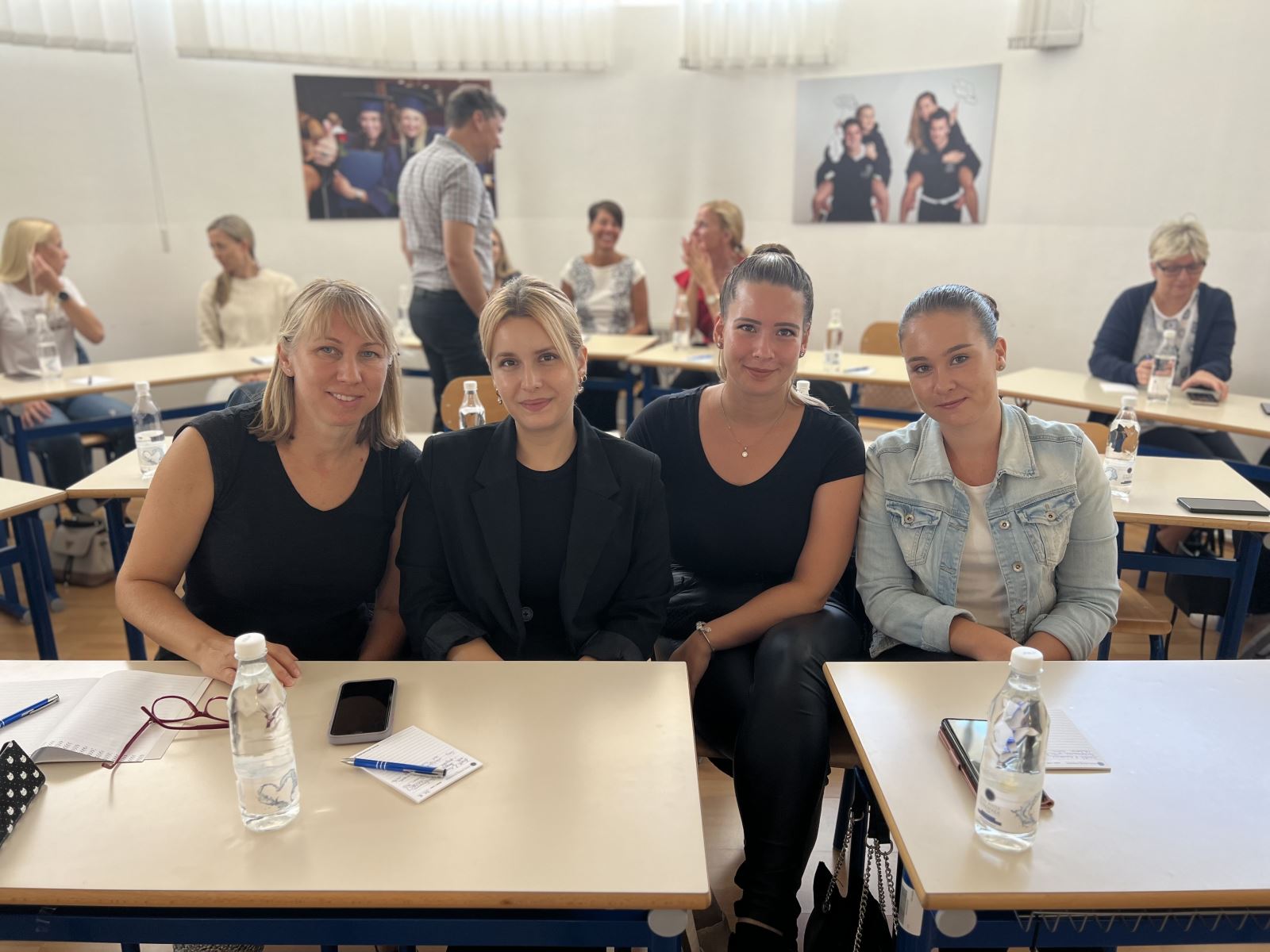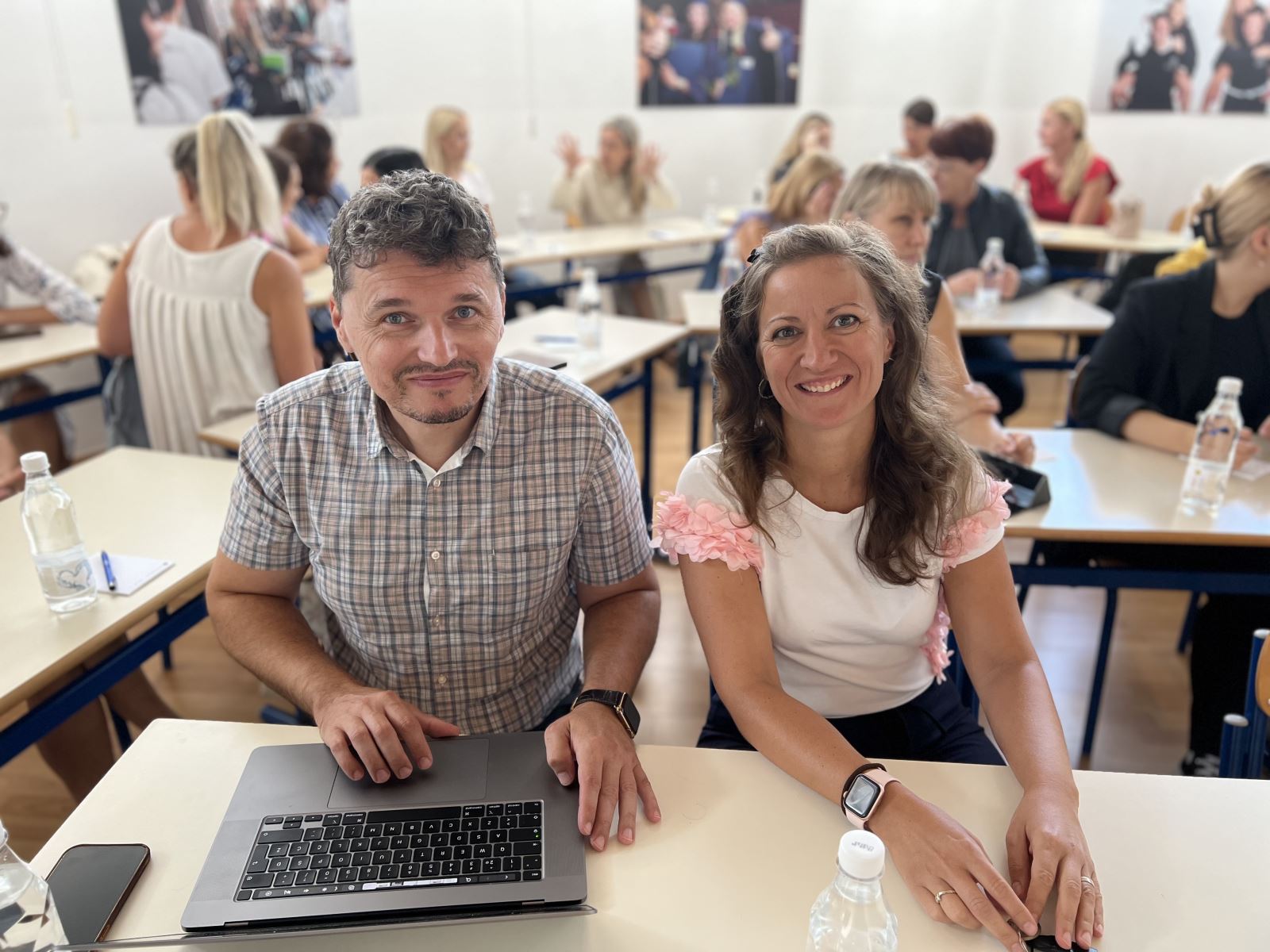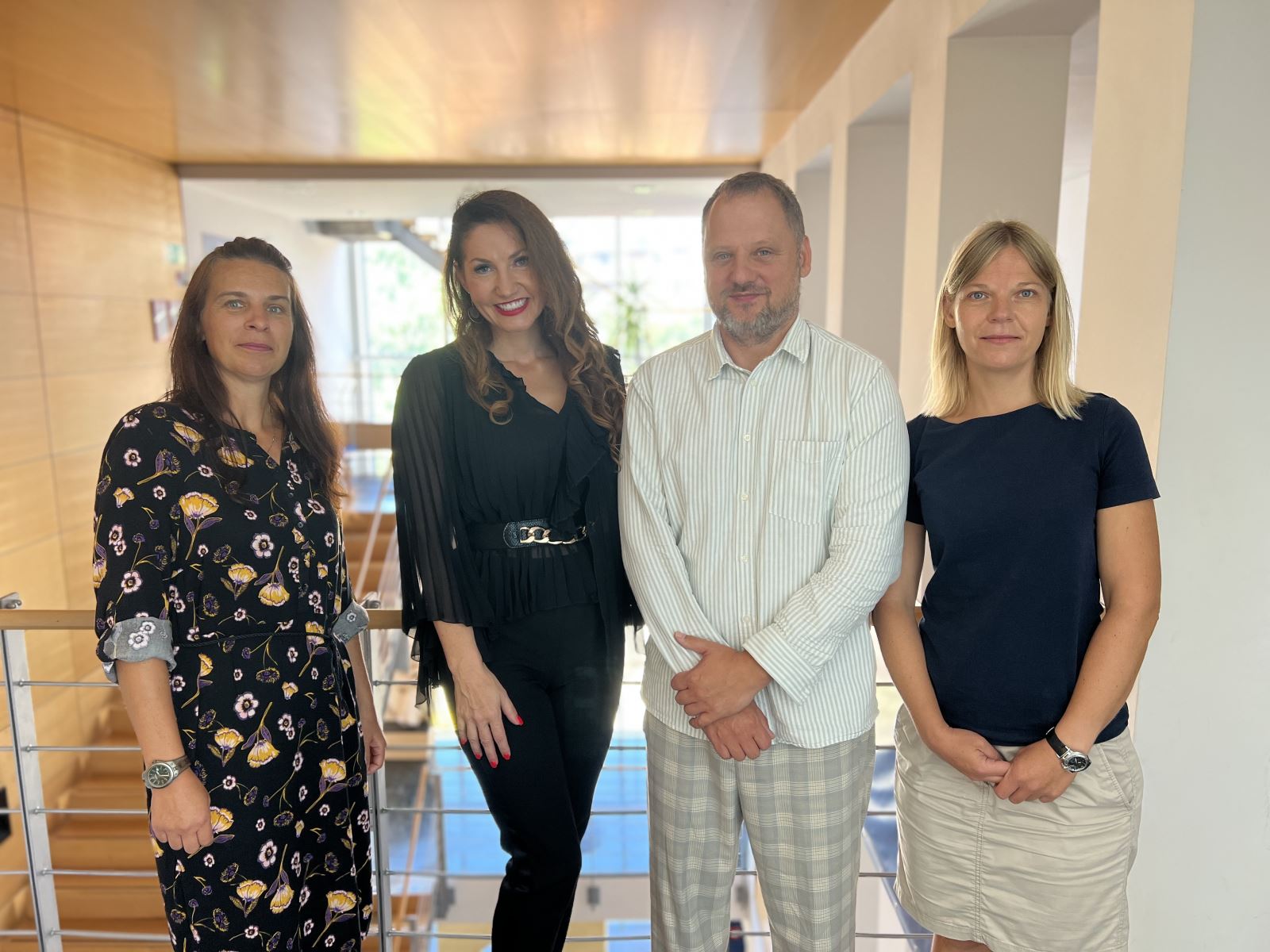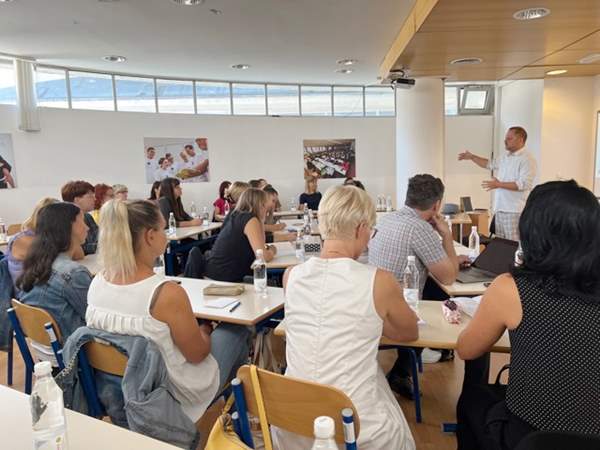
Active Learning: The Key to Happier Children
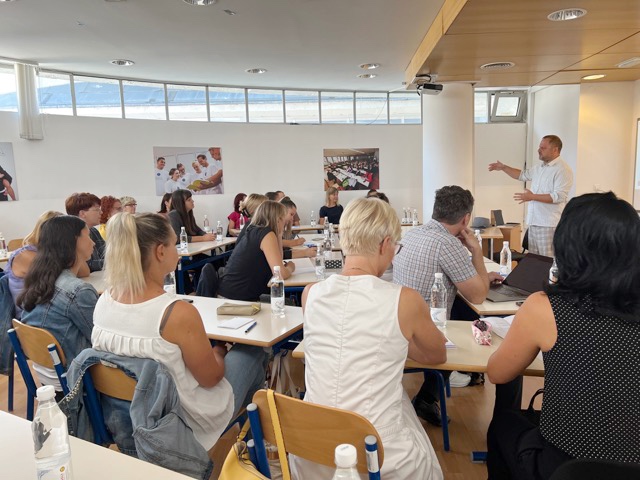
During its concluding event, Alma Mater Europaea presented the results of the international project Health & Academic Performance with Happy Children – HAPHC. The project aimed to enhance learning and promote health among primary school children.
The project's general goal was to improve academic understanding of PAAC programs and enable schools to incorporate physical activity into the curriculum by involving foreign experts from Norway, Austria, Belgium, and Slovenia. Alma Mater invited teachers and students from four primary schools in Maribor to collaborate.
"The inclusion of active learning in the primary school curriculum has proven extremely effective in combating childhood obesity and related physical and mental health challenges while positively impacting their academic performance. Children who participated in the active learning program achieved increased muscle mass and a reduced body fat percentage after a 6-month intervention. We also observed improvements in some motor skills, especially strength and endurance," explained the project leader at Alma Mater, Dr. Luka Šlosar.


The active learning project represents a significant step toward the holistic development of children and promoting a healthy lifestyle. Collaboration between different schools and countries has contributed to spreading ideas and exchanging experiences in improving children's health and learning environment.
"In this project, we recognized a significant added value. The active participation of all participants, including students, parents, and teachers, contributed to improving cognitive and motor skills. Learning in motion satisfies the child's natural need for movement and enables active participation for all students, regardless of physical predispositions, knowledge, and age," said Professor Andreja Konrad.
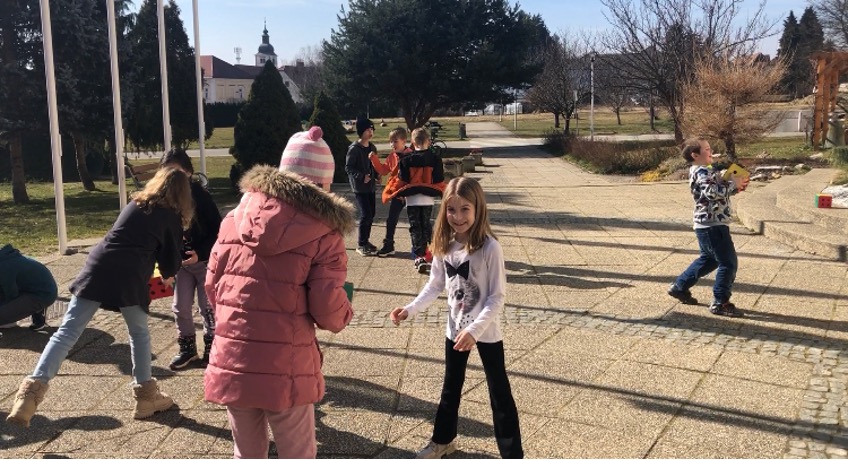
Teachers also noticed that changes in children's lifestyles, with increasing use of modern technology and a lack of physical activity, affected the development of fine motor skills, mobility, coordination, attention, and concentration. "We incorporated various-intensity movements into the learning process, achieved, for example, through relay games, fast response games, and exercises for strength, speed, and coordination. Students from the 2nd, 3rd, and 4th grades had up to 45 minutes of lessons in subjects like Slovenian, mathematics, environmental studies, natural sciences and technology, and society daily through active movement. Teachers conducted activities in 15- to 20-minute or 45-minute physically active lessons. They adapted the form of teaching materials and tools to the selected physical activity," explained Professor Urška Stanko, adding that using active learning methods increased motivation and improved attention and concentration among students.
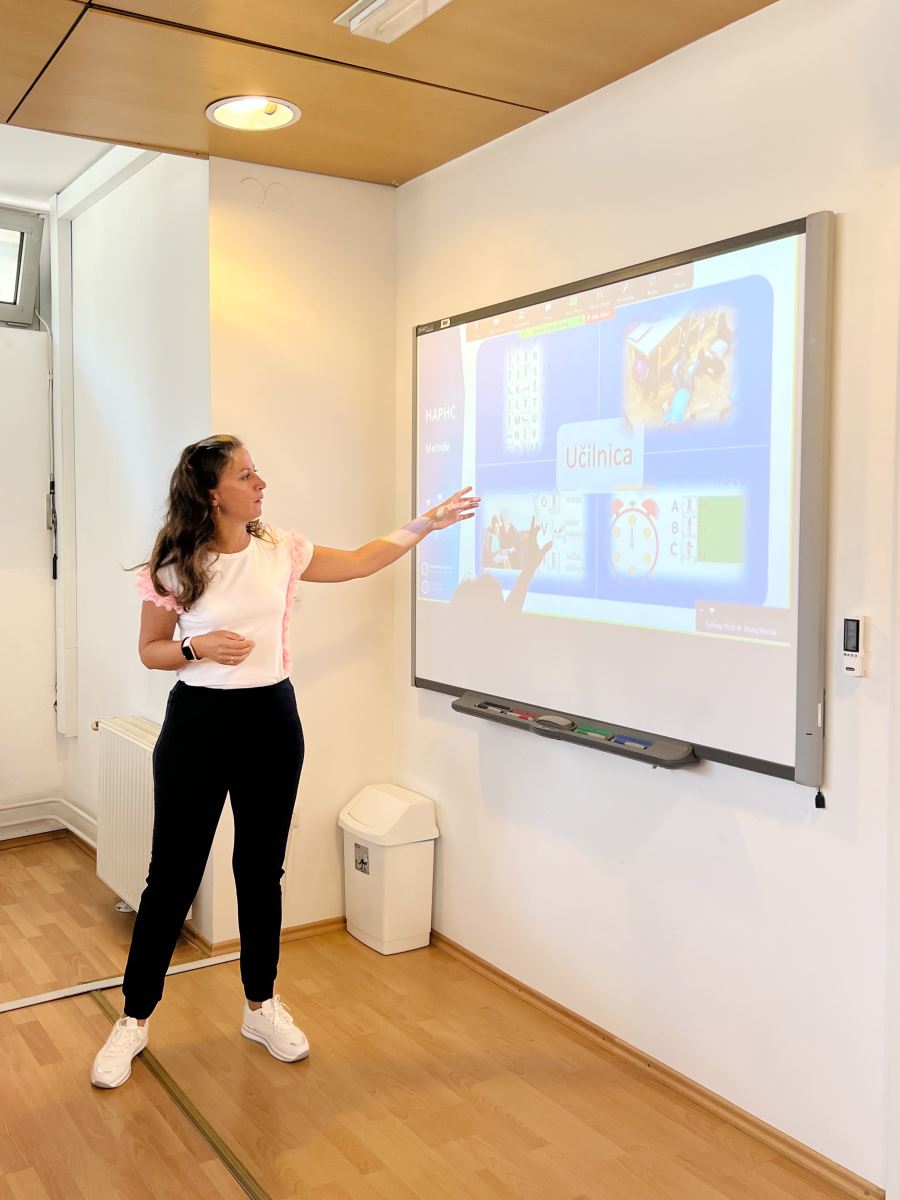
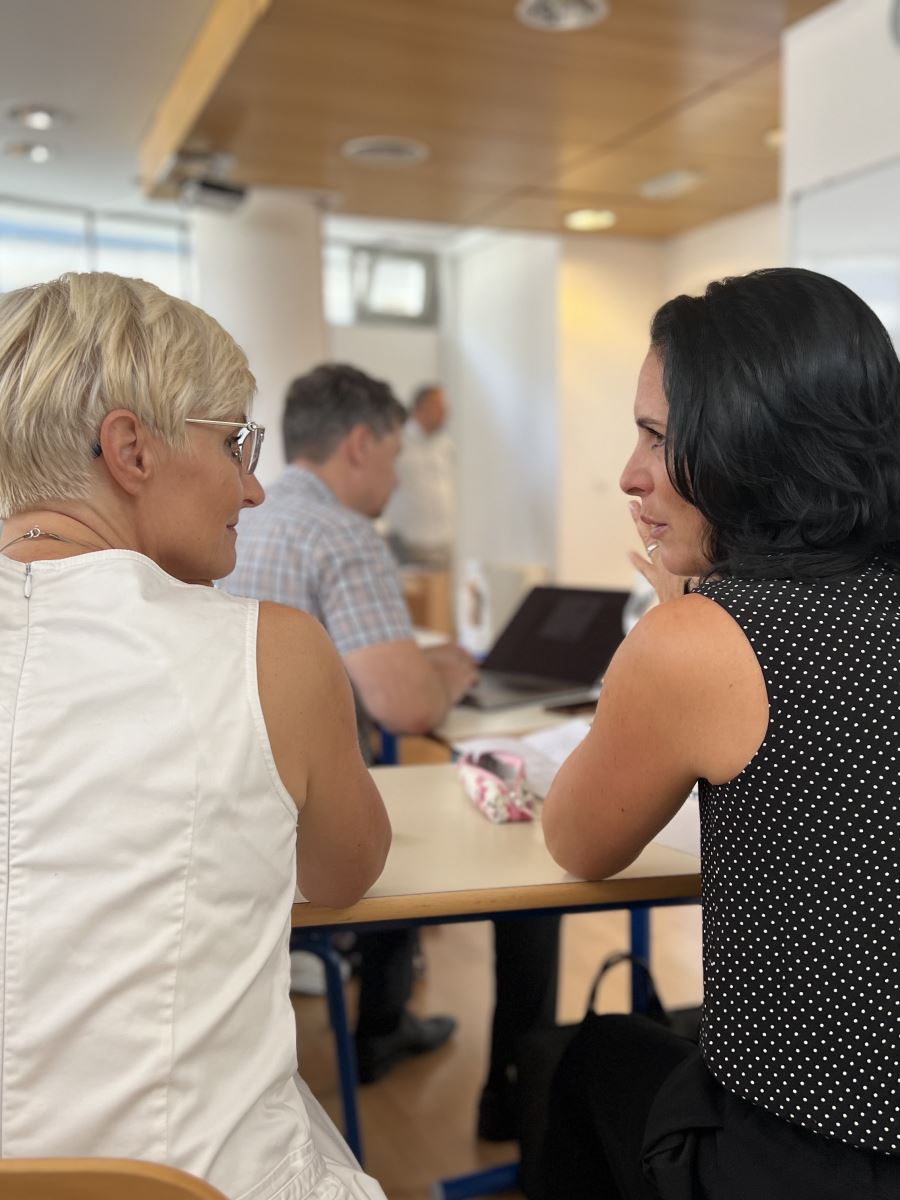
Active learning allowed students to acquire knowledge differently, and the increased physical activity made them happier and more successful.
